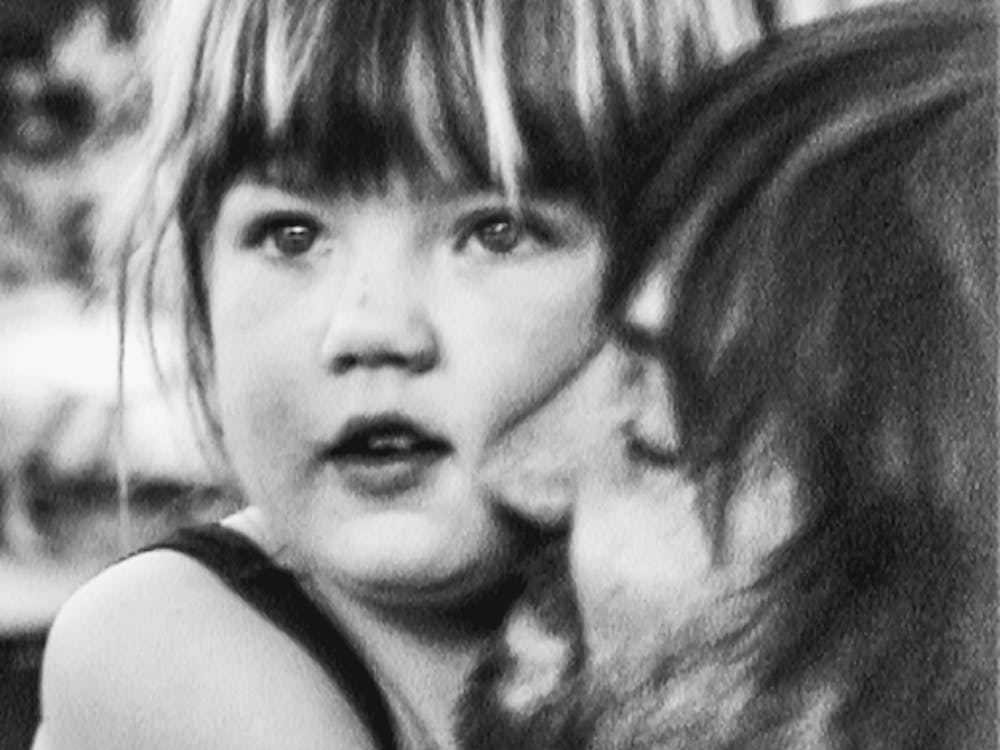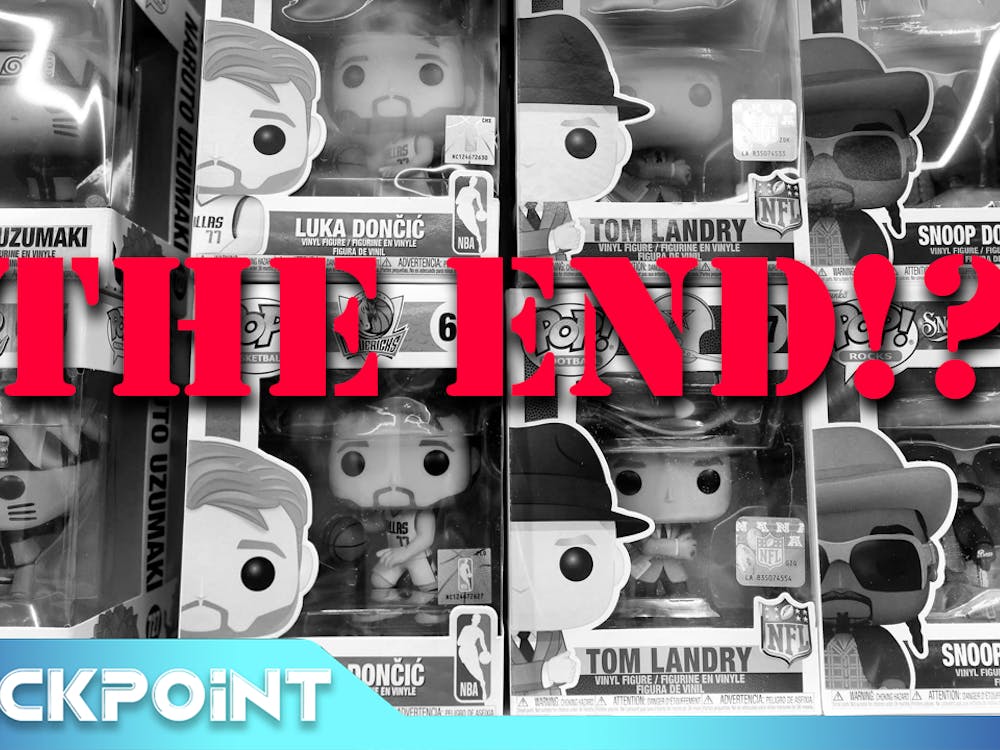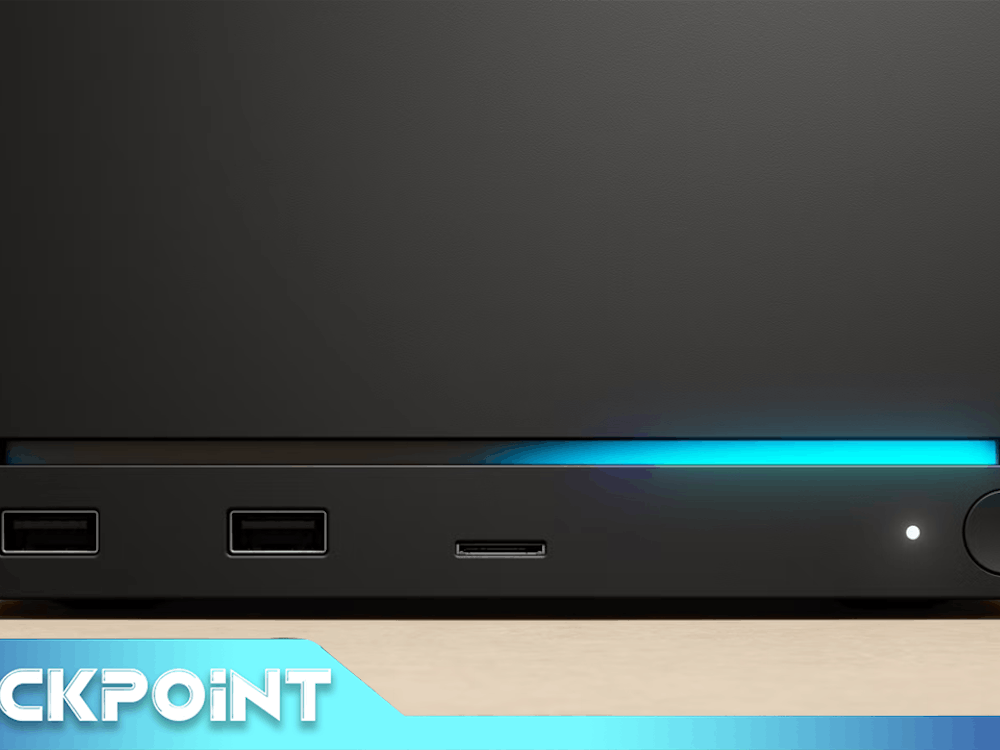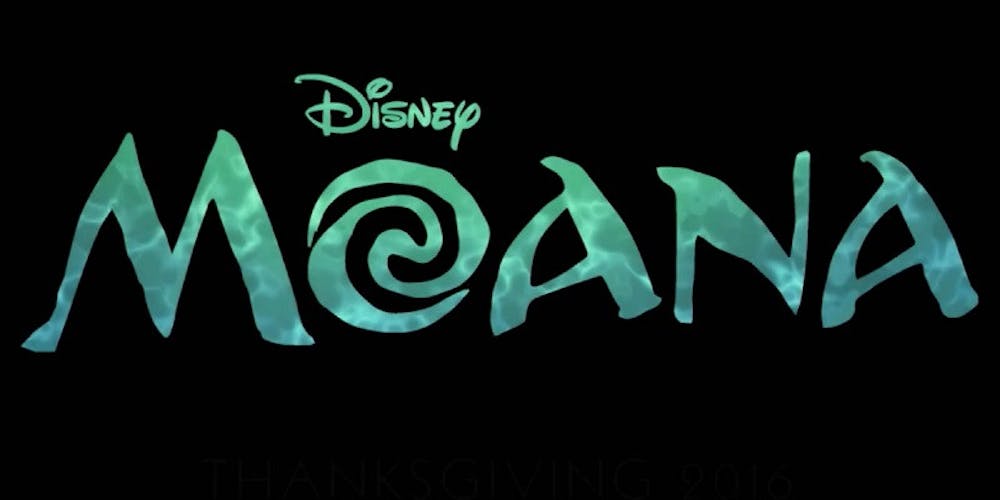by Emily Reuben A film with the Disney logo attached is almost guaranteed to do well at the box office, and even better in terms of merchandise sales. With recent successes like Frozen and Zootopia, Disney shows no sign of stopping their streak of successes among critics and family viewers alike. Moana is no different in this regard, but does simply having the Disney name equate to a well-made film?
Plotting a course
The developing relationship between the two characters is a pleasure to watch.In Disney’s newest film, Moana, the daughter of an island chief must venture out into the treacherous sea. Moana must fulfill an ancient prophecy to stop the destruction of her island. To do so, she must find the demigod, Maui, and force him to help her return a stolen artifact to its rightful owner, the Goddess Te Fiti. Along the way, Moana must learn how to sail, convince Maui to help her people, and successfully complete her journey to save her island. This story is fairly simple and definitely something fans of other Disney princess movies will be familiar with. There are various tropes found within any Disney Princess movie that many have become tired of seeing, such as the female protagonist wanting “more.” Similar to these other Disney films, Moana satisfies many of these stereotypes as if marking off a checklist. There is even a scene where Maui lists some Disney stereotypes that are in this film, making the statement that the production team is fully aware of these clichés. However, awareness does not eliminate the cliché. Understandably, viewers may wish for a more complicated or engaging story different from other Disney films. While Moana does satisfy many of the Disney princess stereotypes, there is enough appeal to differentiate it from past works.
 Most of the interactions in Moana take place between Moana and Maui, and that is the strength of the film. The developing relationship between the two characters is a pleasure to watch. Maui and Moana are constantly attempting to outwit one another, and both experience their share of embarrassments and successes along the way, making for an engaging story.
Most of the interactions in Moana take place between Moana and Maui, and that is the strength of the film. The developing relationship between the two characters is a pleasure to watch. Maui and Moana are constantly attempting to outwit one another, and both experience their share of embarrassments and successes along the way, making for an engaging story.
Cheap humor is only worth cheap laughs
One of the more painful inclusions in Moana are the various references and pop culture jokes that surface occasionally. The film does a great job focusing on a culture that is not commonly portrayed in the media. Because of this, jokes referencing Twitter or basketball feel completely out of place given the environment portrayed. These quips do nothing to advance character development or plot, they only serve as a wink to modern elements otherwise absent from the film. The film also relies heavily on acknowledging clichés for laughs. Moana is not a princess, she’s the daughter or a village chief, and that distinction is apparently worthy of a joke. Instead of allowing comedy to evolve naturally in the dialogue between characters, these acknowledgements are forced into the script. While the marketing declares that Moana is not a princess, everyone knows she is. I find this to be less of a “meta” joke and more of a reminder that the film is not contributing too much in the way of innovative content.“Frozen” Fans need to let it go; “Moana” reigns supreme
it is very unlikely Moana will be as popular as Frozen despite the multiple strides in film making made in the time between the two films.
 While Frozen revamped interest in the Disney animated feature, Moana fixed many of the flaws that burdened Frozen. Most notably, the 3D animation in Moana is far more impressive and aesthetically pleasing than in past Disney films. Characters and objects seem to have actual weight to them, allowing for more accurate movement and characterization. The character designs in Moana do not feel restricted by the 3D. Rather, this is the first 3D animated film that doesn’t feel like it would look better if stylized in 2D. It is clear that the world and characters within it were carefully constructed to fit a 3D model, and so the film is not hindered by awkward character proportions, empty environments, restricted textures, or clunky movement. Essentially, this is a 3D styled film that flows as smoothly as any past 2D Disney film.
Frozen suffered from a lack of musical themes that tied the soundtrack to the setting. In favor of creating more individualistic sounds borrowed from other cultures, Frozen instead took on a Pop sound, with the exception of the opening and ending sequences influenced from Norwegian culture. In Moana the Polynesian culture is evident in not only the environment, but the soundtrack as a whole. These Polynesian themes are not introduced in the beginning and dropped after the first track; they are present in the instrumentals, characters, and setting throughout the film. This is a welcome change that has been missing from Disney films since The Princess and the Frog’s depiction of Cajun culture. Having a clear culture surrounding the events and characters makes the Moana feel more fleshed out as a whole by giving the characters various traditions and history that motivate their actions. More importantly, the inclusion of these various cultural elements gives attention to groups who are not portrayed as commonly on the big screen.
Frozen is littered with extraneous characters, such as the snowman Olaf, which distract from the plot of the film in an attempt to please young children with unrelated content. While Moana has a feathered sidekick, the humor is downplayed and more importantly, the animal does not talk. This may seem like an extremely minor detail, but a loud or overly talkative character has the ability to make a film quickly go from charming to intolerable. Because of this seemingly simple exclusion, Moana refrains from contributing pointless, annoying characters to the over-saturated list that Disney has provided over the years.
While Frozen revamped interest in the Disney animated feature, Moana fixed many of the flaws that burdened Frozen. Most notably, the 3D animation in Moana is far more impressive and aesthetically pleasing than in past Disney films. Characters and objects seem to have actual weight to them, allowing for more accurate movement and characterization. The character designs in Moana do not feel restricted by the 3D. Rather, this is the first 3D animated film that doesn’t feel like it would look better if stylized in 2D. It is clear that the world and characters within it were carefully constructed to fit a 3D model, and so the film is not hindered by awkward character proportions, empty environments, restricted textures, or clunky movement. Essentially, this is a 3D styled film that flows as smoothly as any past 2D Disney film.
Frozen suffered from a lack of musical themes that tied the soundtrack to the setting. In favor of creating more individualistic sounds borrowed from other cultures, Frozen instead took on a Pop sound, with the exception of the opening and ending sequences influenced from Norwegian culture. In Moana the Polynesian culture is evident in not only the environment, but the soundtrack as a whole. These Polynesian themes are not introduced in the beginning and dropped after the first track; they are present in the instrumentals, characters, and setting throughout the film. This is a welcome change that has been missing from Disney films since The Princess and the Frog’s depiction of Cajun culture. Having a clear culture surrounding the events and characters makes the Moana feel more fleshed out as a whole by giving the characters various traditions and history that motivate their actions. More importantly, the inclusion of these various cultural elements gives attention to groups who are not portrayed as commonly on the big screen.
Frozen is littered with extraneous characters, such as the snowman Olaf, which distract from the plot of the film in an attempt to please young children with unrelated content. While Moana has a feathered sidekick, the humor is downplayed and more importantly, the animal does not talk. This may seem like an extremely minor detail, but a loud or overly talkative character has the ability to make a film quickly go from charming to intolerable. Because of this seemingly simple exclusion, Moana refrains from contributing pointless, annoying characters to the over-saturated list that Disney has provided over the years.
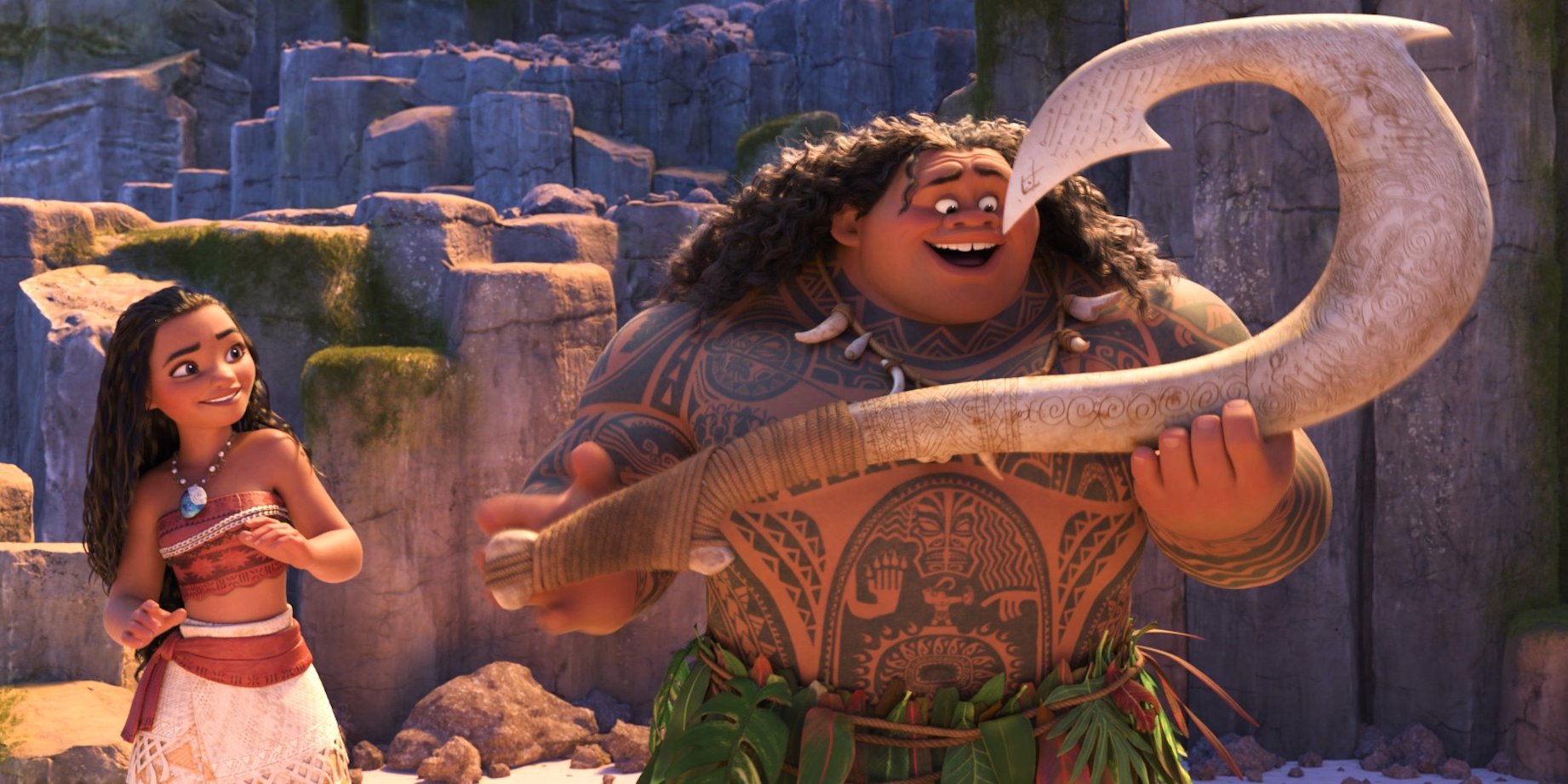 Though Frozen’s superior marketing may ensure that it stays more popular than Moana, the absence of many of the marketing decisions that made Frozen popular such as the animal/snowman sidekicks and the iconic, yet painfully generic music serve to make Moana the stronger film. Due to this marketing, it is very unlikely Moana will be as popular as Frozen despite the multiple strides in film making made in the time between the two films. It seems that the folks at Disney have continued to hone their craft over time, as evidenced by the combination of better visuals, better sound design, and better writing. Essentially popularity and net profitability are not always clear indicators of enduring quality.
Though Frozen’s superior marketing may ensure that it stays more popular than Moana, the absence of many of the marketing decisions that made Frozen popular such as the animal/snowman sidekicks and the iconic, yet painfully generic music serve to make Moana the stronger film. Due to this marketing, it is very unlikely Moana will be as popular as Frozen despite the multiple strides in film making made in the time between the two films. It seems that the folks at Disney have continued to hone their craft over time, as evidenced by the combination of better visuals, better sound design, and better writing. Essentially popularity and net profitability are not always clear indicators of enduring quality.








